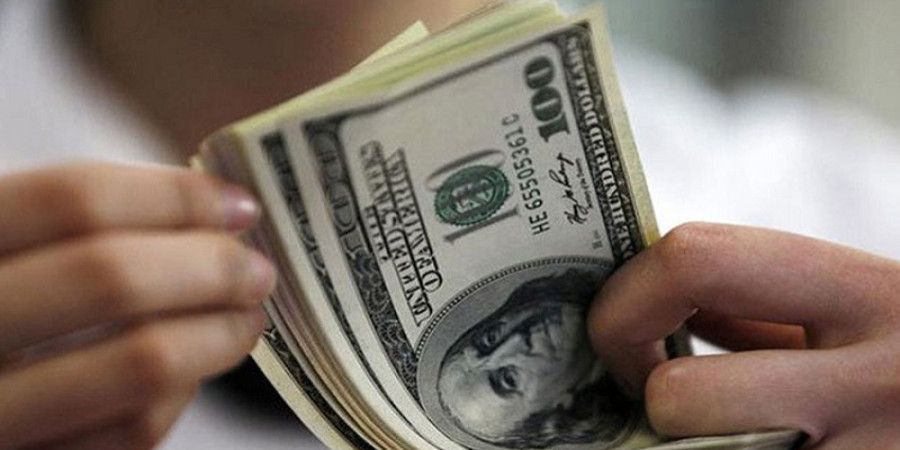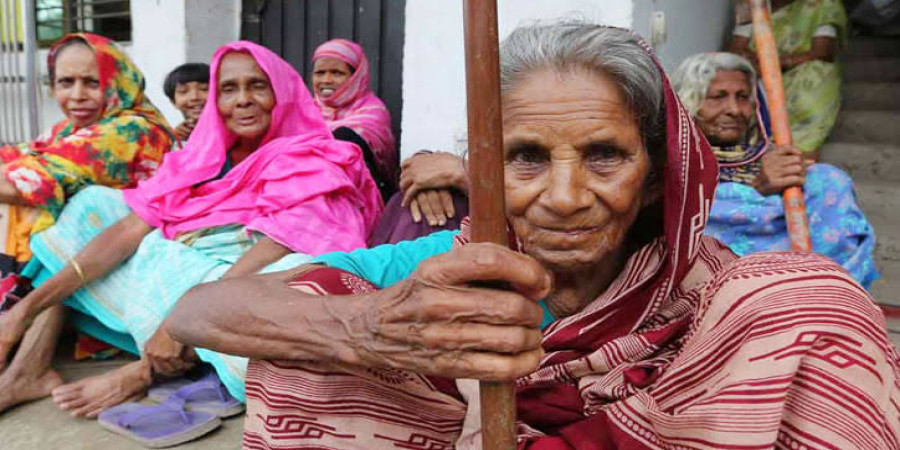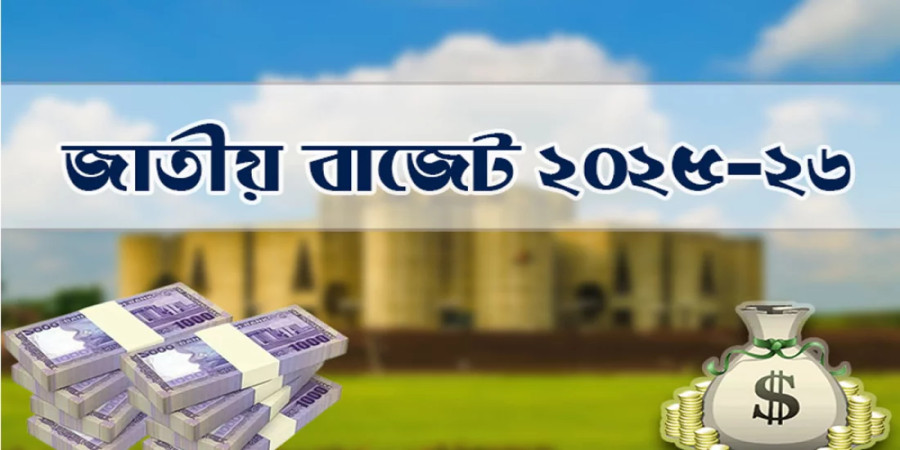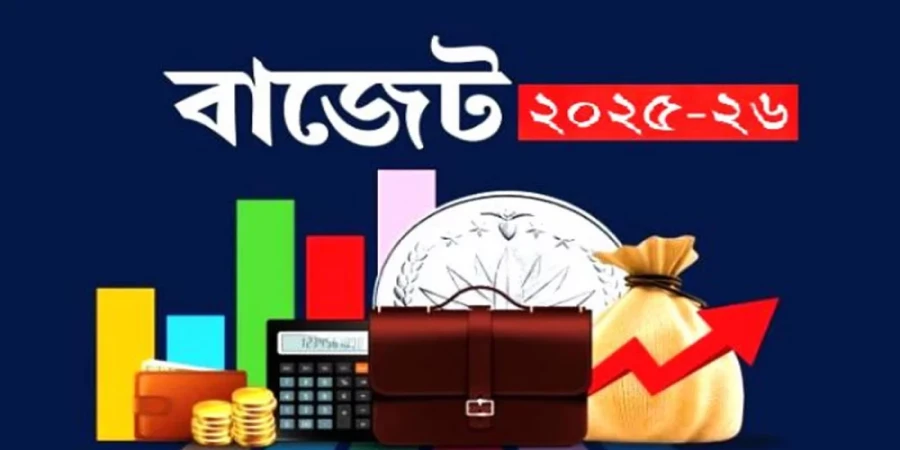
ছবি: Photo: Collected
Despite notable growth in exports and remittance inflows, Bangladesh's foreign currency reserves have continued to deplete over the past four months, from August to November. During this period, exports grew by over 8%, and remittance inflows increased by nearly 35%. Yet, the central bank's reserves declined by approximately $1.64 billion, while the commercial banks' Nostro accounts witnessed a drop of around $1.48 billion. Combined, this amounts to a reserve loss exceeding $3 billion.
The government has stated that it managed to settle around $3 billion in various short- and long-term obligations without directly drawing from the reserves. These payments included fuel imports, power bills owed to Adani Group, and imports of fertilizers and food.
Economic analysts, however, suggest that a closer examination of foreign currency inflows and outflows at the central bank level is necessary to understand the actual dynamics. While foreign loans have slowed, the government has had to settle earlier debts. Simultaneously, reduced domestic and foreign investment, coupled with slower economic growth, has further strained the reserves. Without substantial improvement in the overall economic situation, the reserves are unlikely to reach a comfortable level.
As per data from Bangladesh Bank, the country’s reserves under international standards (BPM6) stood at $20.48 billion on August 8, when the interim government took office. By December 5, this figure had dropped to $18.84 billion, indicating a decline of $1.64 billion over four months.
Data also reveals a persistent decline in reserves held by commercial banks. In July, their Nostro accounts had $6.09 billion, but by the end of October, this figure had fallen to $4.61 billion—a reduction of approximately $1.48 billion over four months. Together with the central bank’s reserves, the total reduction amounts to roughly $3.12 billion.
Dr. Mustafa K. Mujeri, a prominent economist and executive director of the Institute for Inclusive Finance and Development, expressed concerns about the country's economic state. According to him, both domestic and foreign investments have dwindled, slowing growth further. He emphasized the interconnectedness of economic activities and foreign account balances, suggesting that without an active and thriving economy, the reserve situation will remain challenging.
While reserves continue to decline, remittance and export revenues have shown significant improvement. Between August and November of the current fiscal year, remittance inflows totaled $9.22 billion, compared to $6.84 billion during the same period in the previous fiscal year. This marks an increase of $2.38 billion or 34.79%.
Exports have also experienced growth. Data from the central bank indicates that exports during the first quarter of the 2023-24 fiscal year (July to October) reached $14.30 billion, up from $13.20 billion in the same period of the previous fiscal year—a growth of 8.3%. The ready-made garment sector, a key contributor, saw an export growth of 11.3%.
Despite these positive trends, the continued decline in foreign development assistance has exerted additional pressure on reserves. According to Dr. Mujeri, foreign aid flows have slowed, and some anticipated budget support funds are yet to materialize. The government, however, still faces outstanding liabilities in sectors like energy and power, which have necessitated further outflows.
In the first four months of the 2024-25 fiscal year (July-October), the amount of foreign loans disbursed to Bangladesh totaled $1.20 billion, down 26% from the same period in the previous fiscal year. Simultaneously, loan repayments during this period amounted to $1.43 billion, a 30.54% increase compared to the $1.10 billion repaid during the corresponding period last year. This mismatch between disbursement and repayment has further strained the reserve position.
Bangladesh Bank’s Executive Director and spokesperson, Husne Ara Shikha, explained that while remittance inflows have grown, they do not immediately contribute to the reserves. Instead, remittances are initially deposited in banks, which later sell dollars to the central bank over time. Similarly, a portion of export earnings is used by banks to meet their own dollar requirements, delaying their addition to reserves.
Regarding the reserve depletion, she attributed it primarily to the repayment of a large $1.5 billion liability through the Asian Clearing Union (ACU) in November. She assured that no other expenses had been paid from reserves, which would have caused further declines. Since this repayment, reserves have stabilized and even shown slight improvement.
Bangladesh must settle ACU obligations every two months. The most recent payment, covering dues from September and October, was made in the first week of November. The next payment, covering November and December, is scheduled for early January.
Despite the current challenges, officials at Bangladesh Bank are optimistic that reserves will begin to recover after December.
repoter






